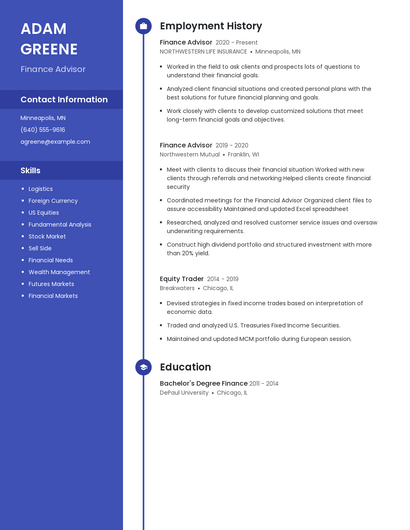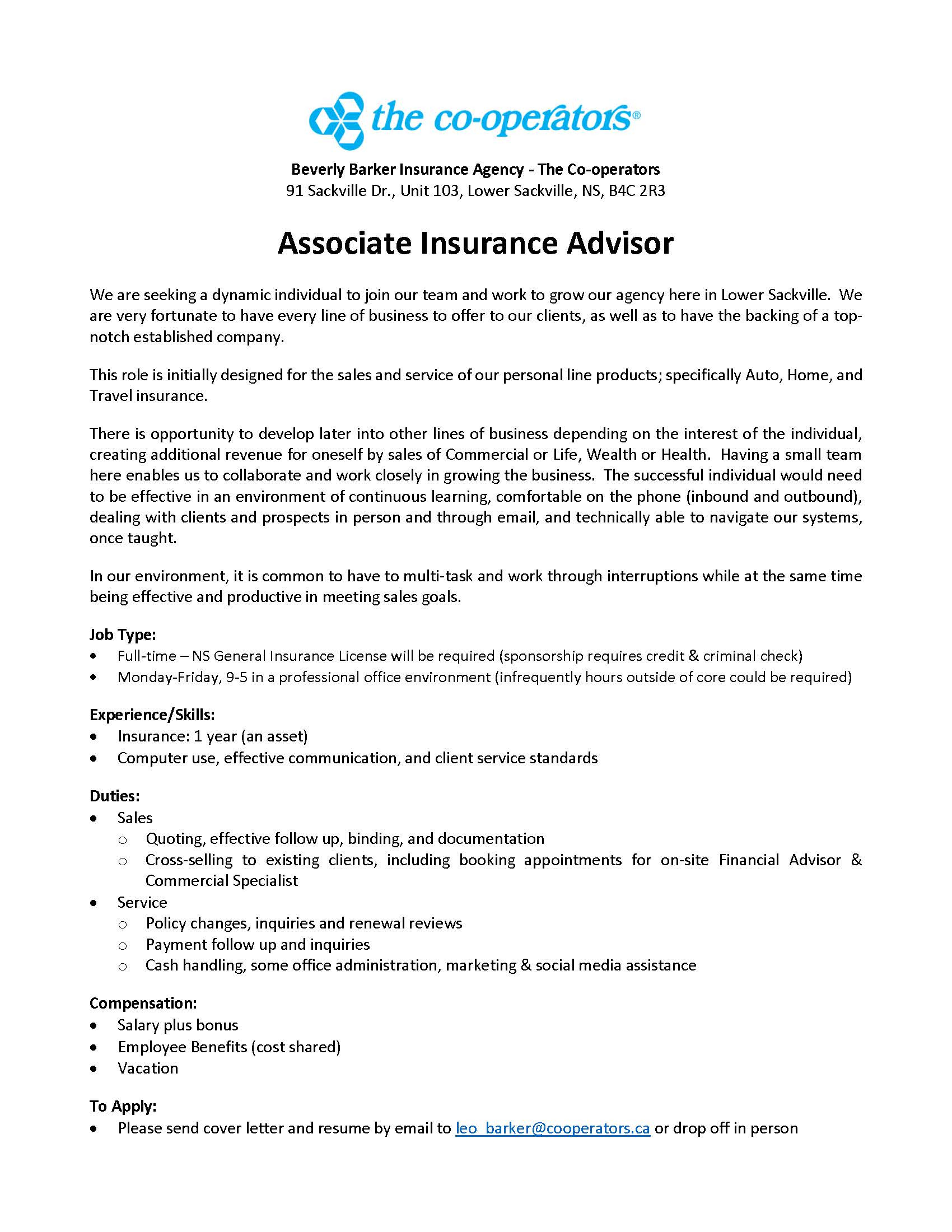
There are many solutions to the current Social Security crisis. The tax rate should be raised for workers, which would solve the problem until 2095. Another suggestion is to abolish the tax base on taxable wages and allow all wages be taxed. The deficit could be closed by increasing the retirement age to 65. You have many other ideas but these are the best.
Ratio workers-beneficiaries of 2.6
The Social Security system is facing serious problems. To remain solvent, it needs a worker-beneficiary rate of 2.8. However, it is currently falling below that level. This ratio is projected to drop to two-and-a-half by 2060, and an effective reform agenda must reverse this downward trend. However, immigration can help reverse the trend. There are other solutions.

Increase in payroll taxes
A lot of people believe that an increase in the payroll tax is the solution to the Social Security crisis. But there are problems with this idea. Although the revenue from payroll taxes has declined significantly since 1983, much of this decrease can be attributed to an increase in inequality and increased costs of fringe benefits. Despite recent financial crises, many Americans are still supportive of Social Security. A majority of American adults favor raising the rate of payroll tax to strengthen the system.
Change in calculation of consumer price index
Many Americans believe that changing the formula to calculate the consumer price index will solve the current Social Security crisis. However, there is no single solution. The COLA as it stands is flawed. Many economists believe that CPI underestimates inflation. There have been many proposals for reducing the COLA each and every year. We will discuss these changes and all their ramifications.
Change in retirement age
One solution to current social security problems is likely to be a reduction in the retirement ages. While the full retirement age remains at 65, a new study suggests raising the age to 67 over 22 years. The change would be effective over 22 years and only apply to younger people. This is a less drastic option than returning to 65, but it may not be the right solution for everyone. This proposal could lead people to delay or claim disability benefits, which could increase the burden on Social Security. The change in retirement age could also increase the risk of early claimants, who are often low-wage workers.

Plan cost
As wages rise, the long-term cost for Social Security will likely fall. Many reform proposals assume that CPI is exaggerating the cost of living. This assumption does not have any supporting evidence. Many reform plans call to reduce the cost of living adjustment in Social Security benefits each fiscal year. The long-term deficit in benefits will therefore be less than 0.2% of the payroll.
FAQ
What are some of the different types of investments that can be used to build wealth?
There are many investments available for wealth building. These are just a few examples.
-
Stocks & Bonds
-
Mutual Funds
-
Real Estate
-
Gold
-
Other Assets
Each of these options has its strengths and weaknesses. Stocks or bonds are relatively easy to understand and control. However, they are subject to volatility and require active management. On the other hand, real estate tends to hold its value better than other assets such as gold and mutual funds.
Finding the right investment for you is key. To choose the right kind of investment, you need to know your risk tolerance, your income needs, and your investment objectives.
Once you've decided on what type of asset you would like to invest in, you can move forward and talk to a financial planner or wealth manager about choosing the right one for you.
What are the best ways to build wealth?
The most important thing you need to do is to create an environment where you have everything you need to succeed. You don't want to have to go out and find the money for yourself. If you aren't careful, you will spend your time searching for ways to make more money than creating wealth.
Additionally, it is important not to get into debt. It's very tempting to borrow money, but if you're going to borrow money, you should pay back what you owe as soon as possible.
You are setting yourself up for failure if your income isn't enough to pay for your living expenses. Failure will mean that you won't have enough money to save for retirement.
So, before you start saving money, you must ensure you have enough money to live off of.
Is it worth using a wealth manager?
A wealth management company should be able to help you make better investment decisions. The service should advise you on the best investments for you. You'll be able to make informed decisions if you have this information.
But there are many things you should consider before using a wealth manager. Is the person you are considering using trustworthy? If things go wrong, will they be able and quick to correct them? Are they able to explain in plain English what they are doing?
Statistics
- If you are working with a private firm owned by an advisor, any advisory fees (generally around 1%) would go to the advisor. (nerdwallet.com)
- As previously mentioned, according to a 2017 study, stocks were found to be a highly successful investment, with the rate of return averaging around seven percent. (fortunebuilders.com)
- Newer, fully-automated Roboadvisor platforms intended as wealth management tools for ordinary individuals often charge far less than 1% per year of AUM and come with low minimum account balances to get started. (investopedia.com)
- As of 2020, it is estimated that the wealth management industry had an AUM of upwards of $112 trillion globally. (investopedia.com)
External Links
How To
How to Invest Your Savings To Make More Money
You can earn returns on your capital by investing your savings into various types of investments like stock market, mutual fund, bonds, bonds, real property, commodities, gold and other assets. This is called investing. You should understand that investing does NOT guarantee a profit, but increases your chances to earn profits. There are various ways to invest your savings. Some of them include buying stocks, Mutual Funds, Gold, Commodities, Real Estate, Bonds, Stocks, and ETFs (Exchange Traded Funds). These methods will be discussed below.
Stock Market
The stock market allows you to buy shares from companies whose products and/or services you would not otherwise purchase. This is one of most popular ways to save money. Also, buying stocks can provide diversification that helps to protect against financial losses. In the event that oil prices fall dramatically, you may be able to sell shares in your energy company and purchase shares in a company making something else.
Mutual Fund
A mutual fund refers to a group of individuals or institutions that invest in securities. They are professionally managed pools with equity, debt or hybrid securities. A mutual fund's investment objectives are often determined by the board of directors.
Gold
Long-term gold preservation has been documented. Gold can also be considered a safe refuge during economic uncertainty. It can also be used in certain countries as a currency. The increased demand for gold from investors who want to protect themselves from inflation has caused the prices of gold to rise significantly over recent years. The supply and demand factors determine how much gold is worth.
Real Estate
Real estate is land and buildings. Real estate is land and buildings that you own. You may rent out part of your house for additional income. The home could be used as collateral to obtain loans. The home can also be used as collateral for loans. But before you buy any type real estate, consider these factors: location, condition, age, condition, etc.
Commodity
Commodities are raw materials, such as metals, grain, and agricultural goods. As these items increase in value, so make commodity-related investments. Investors who wish to take advantage of this trend must learn to analyze graphs and charts, identify trends and determine the best entry point to their portfolios.
Bonds
BONDS can be used to make loans to corporations or governments. A bond is a loan that both parties agree to repay at a specified date. In exchange for interest payments, the principal is paid back. The interest rate drops and bond prices go up, while vice versa. An investor buys a bond to earn interest while waiting for the borrower to pay back the principal.
Stocks
STOCKS INVOLVE SHARES of ownership within a corporation. Shares only represent a fraction of the ownership in a business. If you own 100 shares, you become a shareholder. You can vote on all matters affecting the business. When the company is profitable, you will also be entitled to dividends. Dividends, which are cash distributions to shareholders, are cash dividends.
ETFs
An Exchange Traded Fund is a security that tracks an indice of stocks, bonds or currencies. ETFs trade just like stocks on public stock exchanges, which is a departure from traditional mutual funds. The iShares Core S&P 500 eTF (NYSEARCA – SPY), for example, tracks the performance Standard & Poor’s 500 Index. Your portfolio will automatically reflect the performance S&P 500 if SPY shares are purchased.
Venture Capital
Venture capital refers to private funding venture capitalists offer entrepreneurs to help start new businesses. Venture capitalists lend financing to startups that have little or no revenue, and who are also at high risk for failure. Venture capitalists typically invest in companies at early stages, like those that are just starting out.